Exhibits – The Core of the Bird Hall
In the course of renovating the hall, the exhibition concept was also slightly changed. However, the focus is still on the presentation of bird specimens.
Nevertheless, in order to approach the former universal natural history cabinet again, collection pieces from the fields of mineralogy, petrography, paleontology as well as botany were added. The “Pomological Cabinet” and the “Würzburg Lying Stones” also found their way back into the Bird Hall. Currently, around 2200 exhibits enliven the showcases.
Minerals and rocks
These are presented in display cabinets in the anteroom of the arcade. The minerals are systematically arranged according to their chemical composition. Among them are rare pieces from now expired regional deposits. Most of them come from the old museum collection and were collected about 150 years ago and earlier. The rocks are classified according to sedimentary, magmatic and metamorphic origin.


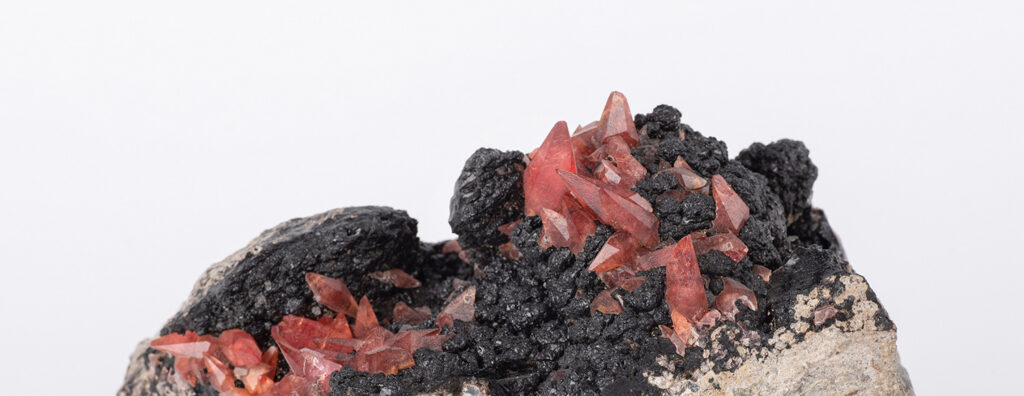
Würzburg Lying Stones
A large collection of the famous Würzburg Lying Stones is kept in the anteroom to the arcade – evidence of one of the most curious cases of fraud in the history of natural sciences. The victim was the Würzburg physician and prince-bishop’s personal doctor Johann Bartholomaeus Adam Beringer (?1667-1738). In 1725, three young men from the neighboring town of Eibelstadt brought him various shell limestone pieces on which strange figures could be seen. Allegedly they found these figure stones on a mountain slope near Eibelstadt. Beringer rewarded the boys and spurred them on to further search. In fact, over the course of the year they brought him hundreds more of the specimens on which animals, plants, celestial bodies, and Hebrew-looking characters could be seen in semi-relief. The scholar examined the “finds” and published his famous work, the “Lithographiae Wirceburgensis,” as early as 1726. In the opulent book, he scientifically discusses the potential origins of these figural stones. Shortly after the publication of the work, the fraud was uncovered: academic enviers of Beringer persuaded the Eibelstadt lads to carve the figures in stone. Their aim was to ridicule Beringer, with which they ultimately succeeded. The majority of the exhibited specimens, perhaps all of them, had already been procured by Franz Ludwig von Erthal for his natural history cabinet. For the modern-thinking regent, they obviously served as a reminder to science.


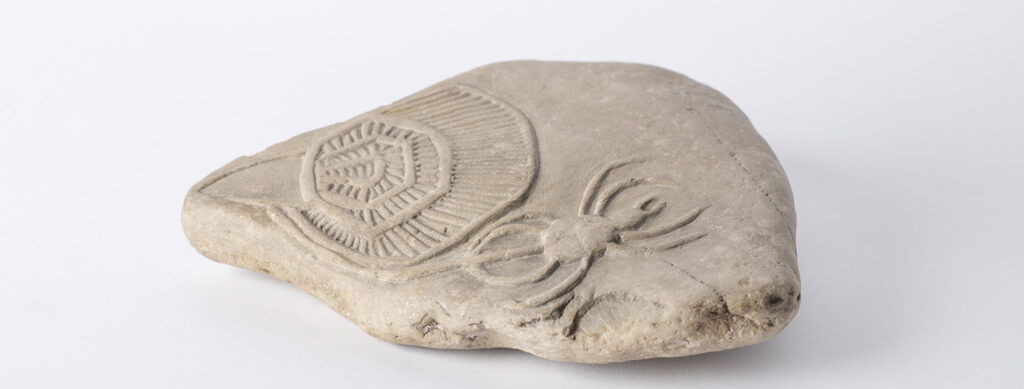
Botany
In two display cabinets at the entrance of the arcade, visitors will find a selection of seeds and fruits of various plant species. Prehistoric plants are represented by fossils from the Devonian to the Tertiary.



Pomological cabinet
This collection, as precious as it is rare, consists of artistically crafted wax models of various types of fruit. The objects were produced between 1795 and 1813 in the Landes-Industrie-Comptoir of the Weimar merchant, publisher and writer Friedrich Justin Bertuch. During this period, the models were put on the market in batches of 8 – 10 new varieties each. In total there were 104 kinds of apples, 104 kinds of pears, 35 kinds of plums and damsons, 38 kinds of cherries, 4 kinds of apricots, 15 kinds of peaches, one nut and one medlar. The models served to spread the knowledge of varieties that seemed valuable for fruit growing at that time. There are 193 models preserved in the Bamberg collection.
Bertuch’s wax fruits are hollow bodies and therefore extremely fragile. Their wall thickness is only about 2 mm. They are casts of real fruits, their stems are made of hardened twine overmolded with wax, and the glazed application of paint makes the models appear deceptively real. The fact that they are so fragile explains their rarity. Only a few collections have survived to this day.
Out of the big variety of fruits, only about a third still exists today. Of these, just a few are considered to be widespread or even economically important. The rest is considered lost.
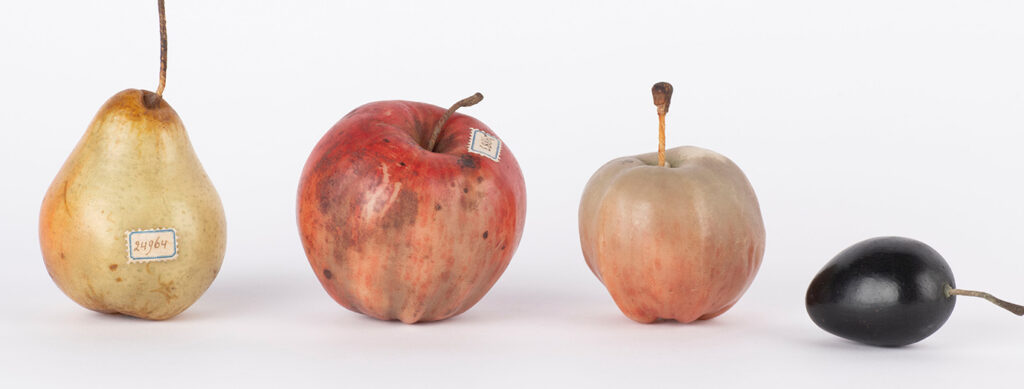

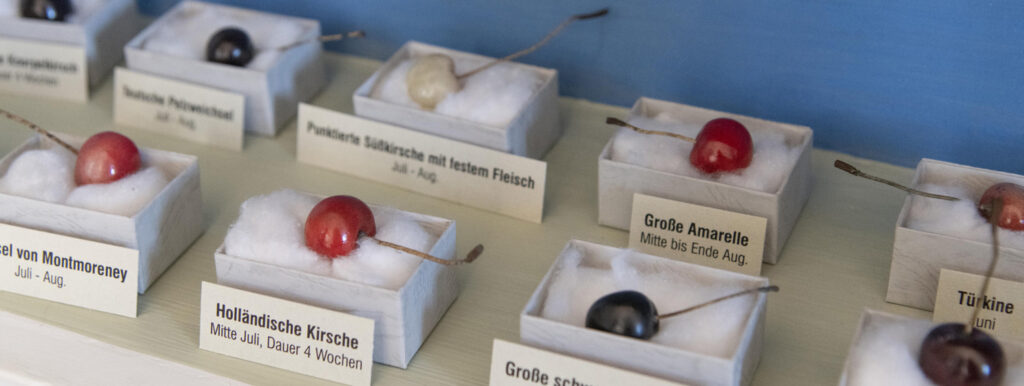
Invertebrates
The entire northern long side of the arcade is reserved for specimens of invertebrates. The selection of individual animal tribes is arranged according to modern systematics: Sponges, Cnidarians, Bryozoans, Flatworms, Nematodes, Brachiopods, Mollusks, Annelids, Arthropods, Echinoderms. Many of the exhibits are historically valuable. For example, among the corals are exhibits older than the museum itself. Wherever possible, the individual animal tribes are complemented by their respective fossil representatives.



Vertebrates (without birds)
The exhibits of vertebrates start with the fishes on the eastern narrow side of the arcade. Most of them are quite old specimens, which also look their age, but for this very reason fit wonderfully to the character of this historical natural history cabinet. You can find native freshwater fishes as well as rays, sharks and other fish groups from all oceans.

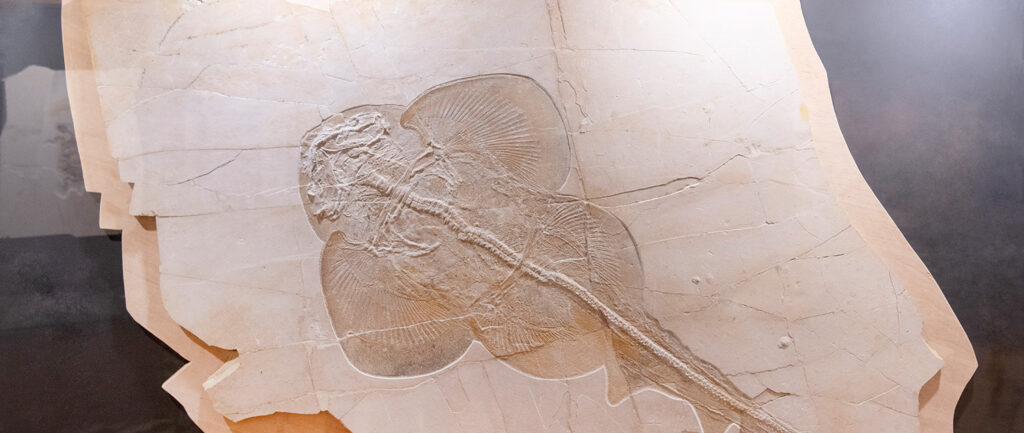
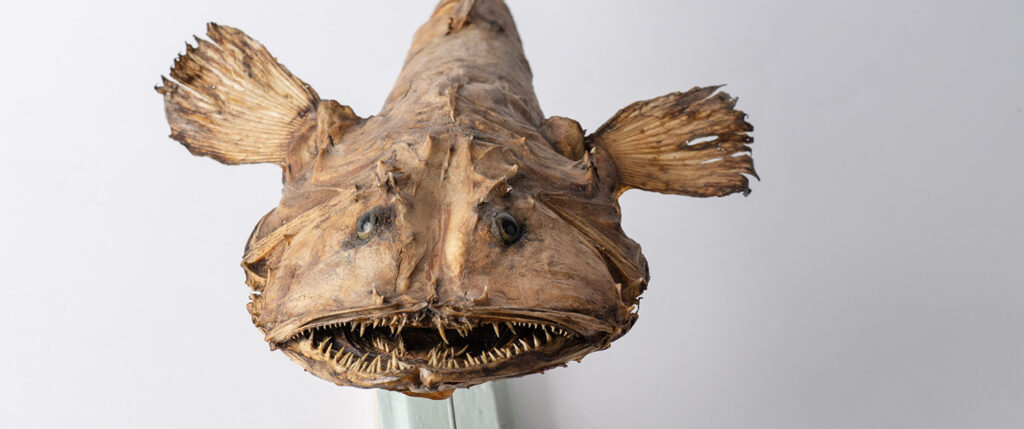
Birds
They are the main focus of the exhibitions in this hall. Currently there are about 1250 specimens on display, belonging to some 800 different species. They are arranged according to modern biological systematics, starting with exotic rarities and fowl to the right of the entrance and ending with exotic songbirds to the left of the entrance. Other exotic songbirds can be found in some display cases on the arcade level. Among others, the following are worth highlighting: the passenger pigeon, which has been eradicated by man, the extremely rare New Zealand Kakapo, some birds-of-paradise, and the bird of the gods, Resplendent quetzal from the cloud forests of Central America. The display cases in the center of the room house European birds, including almost all species living in our country.
The necessary reidentification of the bird exhibits, most of which date back to historical times, was kindly carried out by Mr. Pascal Eckhoff from the museum of natural history in Berlin. The particularly attractive obelisk- and pyramid-shaped display cases on the lower floor house hummingbirds as well as the collection of eggs and nests.


